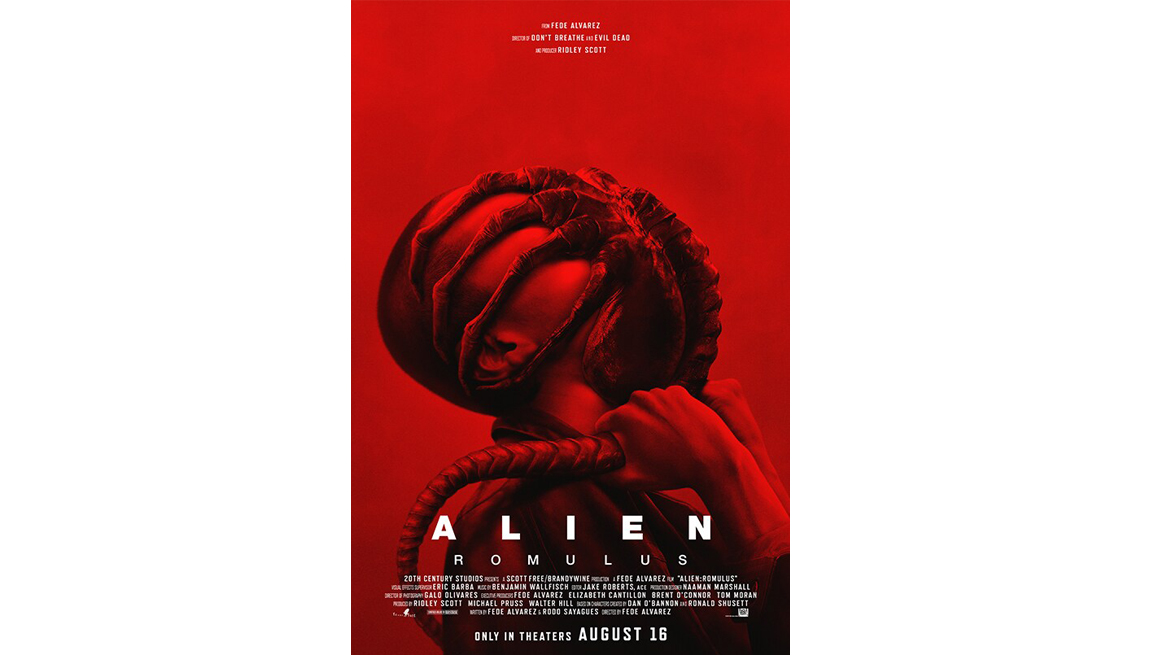TL;DR
Alien: Romulus pits a group of synth miners against a Xenomorph infestation on an abandoned space station as they try to escape a dying planet. While Fede Alvarez nails the franchise's signature aesthetic and practical effects, the film struggles with weak character development and questionable plot decisions that undermine the suspense. Despite stunning visuals and sound design, the reliance on predictable tropes and excessive callbacks to previous films leaves this installment feeling more like a stylish imitation than a truly gripping addition to the Alien saga. Does the nostalgia factor and visual flair make up for the narrative shortcomings? Dive in to find out.
In Alien Romulus, we are introduced to Rain (Cailee Spaeny) and her synthetic sibling Andy (David Jonsson), who endure a harsh existence on a remote, terrestrial planet. Employed as miners, they face the grim reality of their parents’ demise due to the planet’s toxic environment. Discovering that their confinement is extended by six years, Rain initiates a perilous endeavor, accompanying her companions to an abandoned space station in orbit. Their objective: to locate functional cryochambers for interstellar travel to a more habitable world. Upon boarding the station, they encounter a catastrophic situation – an overwhelming infestation of Xenomorphs. A desperate battle for survival ensues, compounded by the imminent threat of the station’s collision with a nearby asteroid belt.
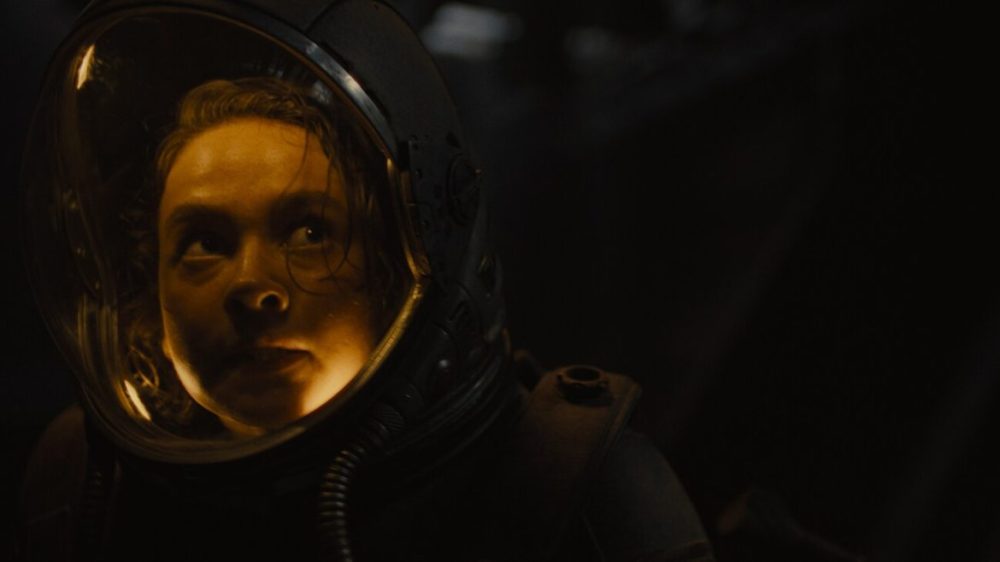
The original Alien film, directed by Ridley Scott, debuted in 1979, marking a significant moment for the then-relatively unknown director. Its success spawned a sequel, Aliens, released eight years later under the direction of James Cameron. This sequel maintained the horror elements of its predecessor while incorporating a stronger emphasis on action. The third installment, in my estimation, is the weakest, primarily due to its script originating as part two, necessitating narrative contrivances to isolate Ripley once again. The fourth film, while not a cinematic pinnacle, possesses redeeming qualities. Following a diversion into crossovers with the Predator franchise, Ridley Scott returned to the core narrative, directing two prequel films that, while not reaching the heights of the original, offer compelling contributions to the Alien universe.
The announcement of a new Alien film arrived with some surprise, deviating from a direct sequel to Alien: Covenant, which concluded with an unresolved narrative thread. Instead, the film presents a standalone story situated between the events of the first and second films. Fede Alvarez assumes the roles of writer and director, bringing his experience in the horror genre, demonstrated in the well-received Evil Dead remake, The Girl in the Spider’s Web, and Don’t Breathe. This project immediately garnered my interest.
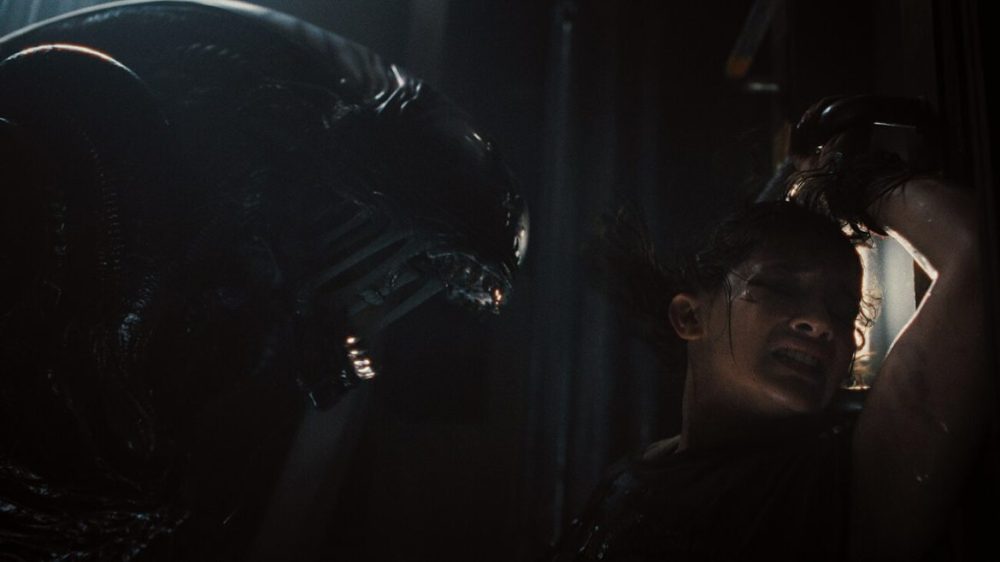
Alien: Romulus initiates with considerable promise, swiftly establishing the principal characters and overarching plot. However, upon their arrival at the space station, the narrative momentum diminishes. Despite the film’s stylish execution and high production value, a critical element is lacking: emotional investment in the characters. While the performances are competent, a detached quality prevents the audience from forging the necessary connection to empathize with their plight.
Alvarez’s affinity for the Alien franchise is evident, particularly in his meticulous recreation of the universe’s aesthetic, relying heavily on practical effects. These effects are, for the most part, remarkably well-executed. However, certain shortcomings exist, notably in a surprise cameo that, while unexpected, suffers from underwhelming visual effects, resulting in a somewhat artificial appearance.
In contrast, the sequences involving Facehuggers are exceptionally well-crafted. The seamless integration of practical and CGI effects enhances these scenes, making them among the most compelling in the film.
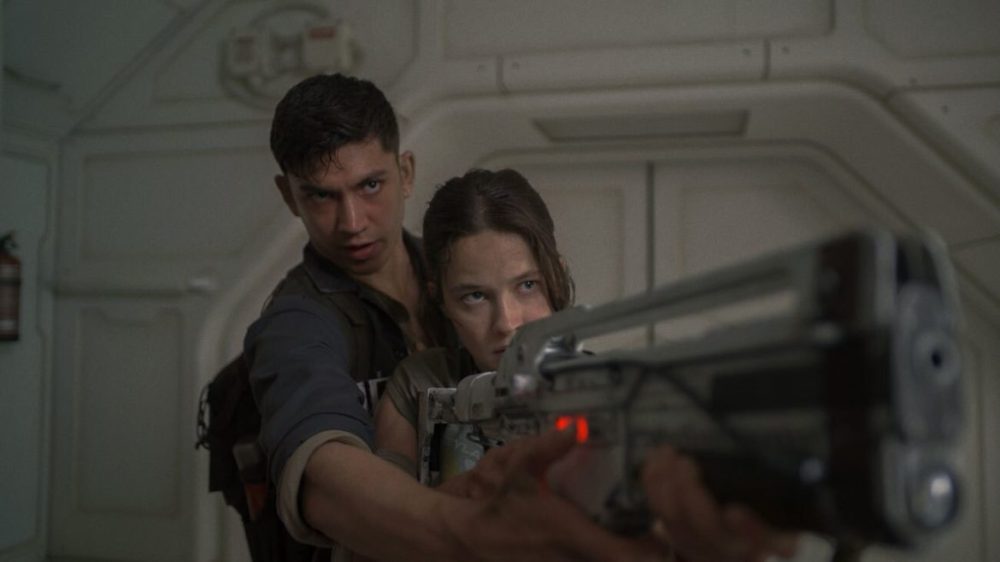
Ultimately, the film’s flawless aesthetics, sound design, and generally strong effects serve as embellishments. Without a robust narrative foundation, these elements become superfluous. The characters’ frequent illogical and questionable decisions detract from the viewing experience. In one instance, a character requires assistance to navigate a familiar doorway, purely for the sake of plot progression. Another character abandons a secure location to pursue a comrade they previously displayed little regard for.
Furthermore, the recurring trope of establishing a specific timeframe for an impending catastrophe, only to repeatedly disregard it, proves distracting. The rapid ascent of a ladder spanning multiple floors, occurring between cuts with no discernible passage of time, exemplifies this issue.
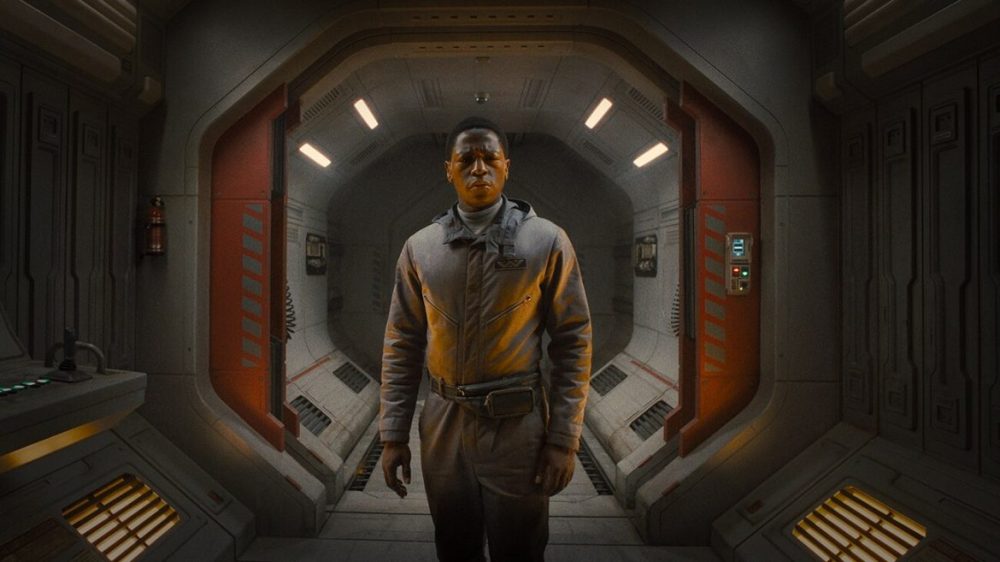
Alien: Romulus also contains excessive homages to previous entries in the series. References include the armory sequence from Aliens and the close-quarters combat between a human and an alien, reminiscent of Alien 3. The inclusion of a human-alien hybrid towards the film’s conclusion echoes elements from the fourth film, which were unsuccessful upon their initial release in 1997 and remain so.
In conclusion, Alien: Romulus showcases several exceptionally well-executed sequences. However, prior exposure to the Alien franchise diminishes its overall impact. An alternative narrative for the third film, wherein Ripley returns to Earth with an alien presence, would have been a more compelling direction. While initial discussions surrounding this concept emerged, the project appears to have stalled. Nevertheless, the possibility of its revival remains.
